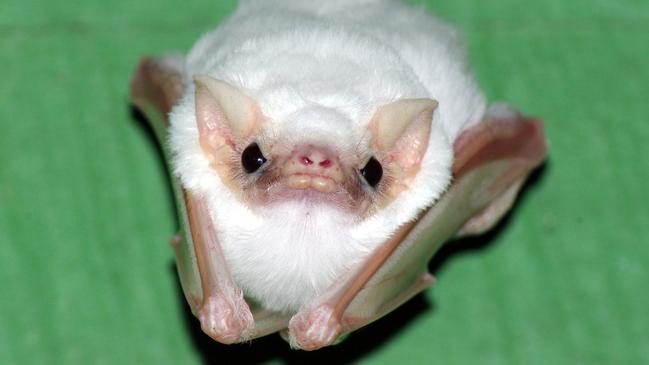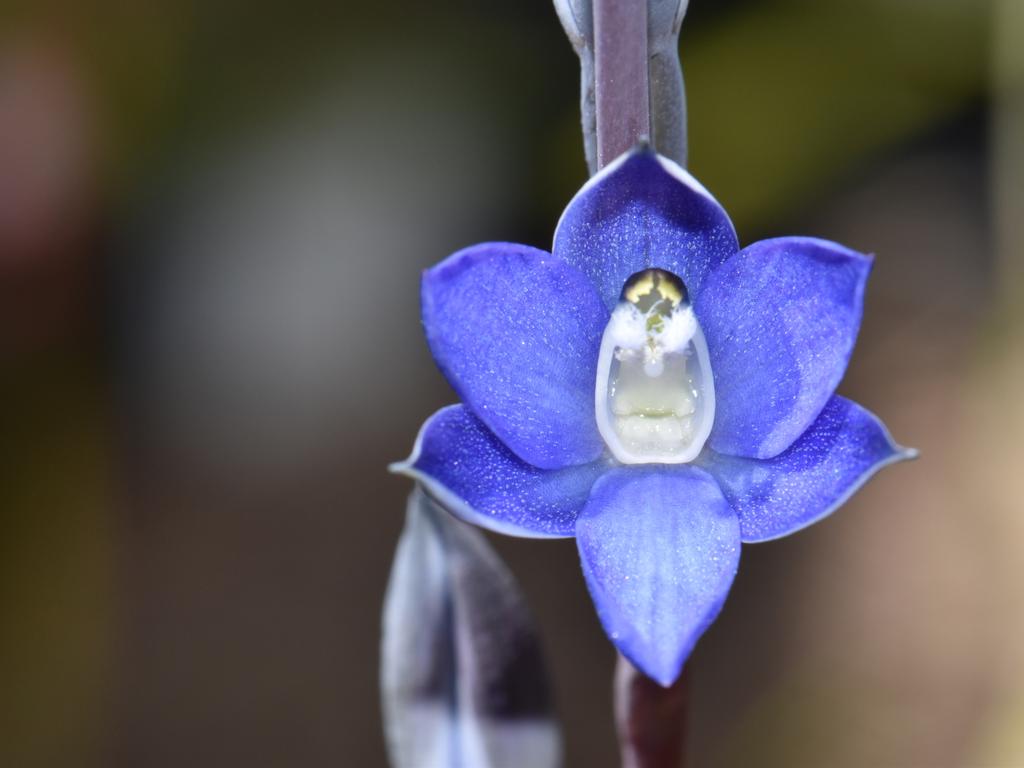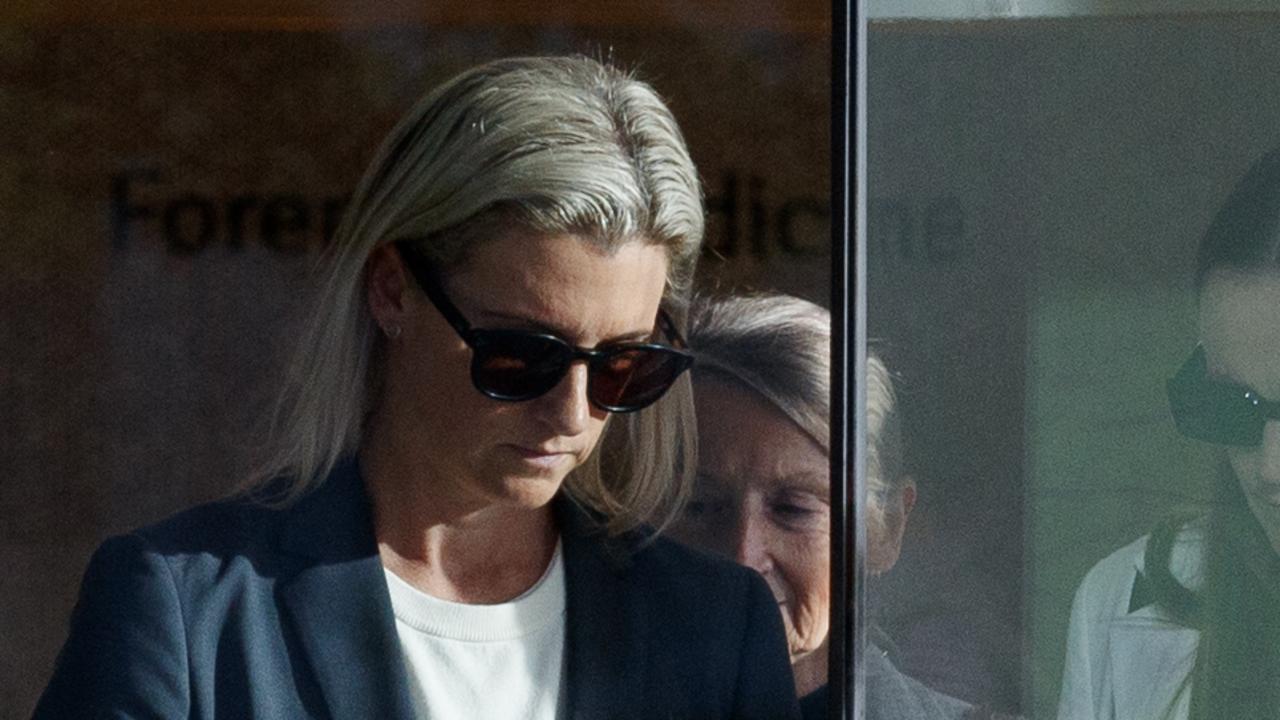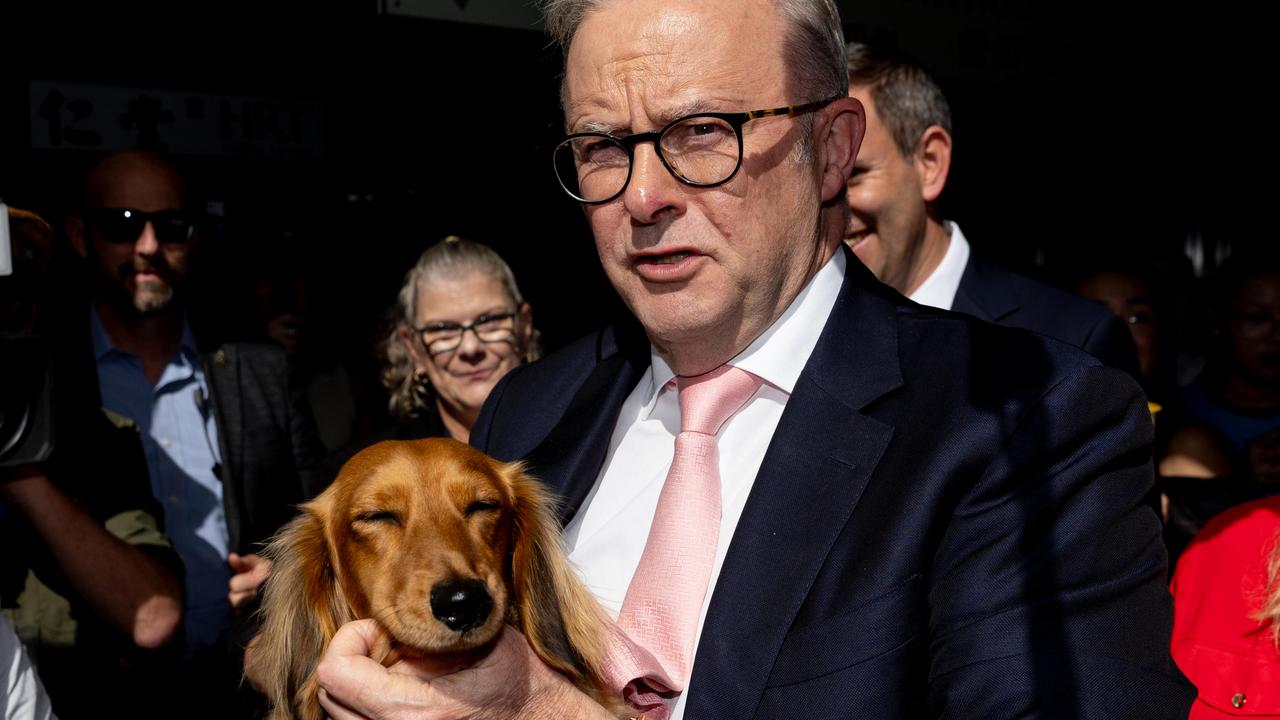Australia’s largest predatory bat ends plan for new iron ore mine in Pilbara
Rio Tinto and its partner in the Rhodes Ridge joint venture have informed regulators they will no longer push ahead with a long-awaited proposal to mine the Giles Mini deposit near Newman due to its impact on potential roosting sites for the vulnerable Ghost Bat.

Australia’s largest predatory bat has sunk plans for a new iron ore mine in the Pilbara.
Mining giant Rio Tinto and its partner in the Rhodes Ridge joint venture have informed Federal environmental regulators that they would no longer push ahead with a long-awaited proposal to mine the Giles Mini deposit near Newman due to its impact on potential roosting sites for the vulnerable Ghost Bat.
The variation request lodged by the partners with the Department of Climate Change, Energy, the Environment and Water also noted that scrapping Giles Mini would “reduce resource demands” on traditional owner groups, given it would reduce the number of Native Title holders involved in the project from two to one.
Giles Mini was part of a broader plan to develop a major new iron mines at the Rhodes Ridge project. The Rhodes Ridge mine, which sits just to the north of Giles Mini, will still go ahead despite also being home to a sub-population of the Ghost Bat.
The partners said the decision would give them more time to consider developing mitigating strategies that could allow it to mine the deposit in the future.
“In the first instance, removal of Giles Mini from the Proposed Action avoids all direct impacts to the southern sub-population through retaining two adits and ten caves, which provide roosting habitat, and retains surrounding foraging habitat,” the joint venture partners said.
“Additionally, the removal of the Giles Mini allows the Proponent to investigate artificial roost potential to support potential future development in the Giles Mini area. The removal of this deposit allows for further regional based survey of the population and surrounding area to better understand the significance of the population, potential impacts and develop appropriate mitigation and management measures.”
The original application lodged with the Federal regulators earlier this year had warned that the mines “may result in a potential significant impact to Ghost Bat individuals”.
The Giles Mini deposit also straddles a Native Title boundary, with the western portion falling on the lands of the Ngarlawangga People and the eastern half held by the Nyiyaparli Traditional Owner Group. The Nyiyaparli area also includes Rhodes Ridge.
The Rhodes Ridge and Giles Mini deposits were first identified decades ago and have been subject to fierce and protracted legal disputes between the pioneering Hancock and Wright families. The fight went all the way to the High Court, with Wright Prospecting ultimately emerging victorious over Gina Rinehart’s Hancock Prospecting.
Wright Prospecting and Rio Tinto in 2022 locked in a 50-50 joint venture over the project.
The iron ore at Rhodes Ridge is particularly valuable given its high grade, and Rio Tinto has described it as “one of the biggest and best undeveloped iron ore deposits on the planet”. The project is expected to produce 40 million tonnes a year of iron ore once in production.
The Ghost Bat is described as Australia’s only carnivorous bat, and eats larger prey including frogs, birds, lizards and small mammals including other bats. It is most commonly found across northern WA, the Northern Territory and Queensland.







To join the conversation, please log in. Don't have an account? Register
Join the conversation, you are commenting as Logout